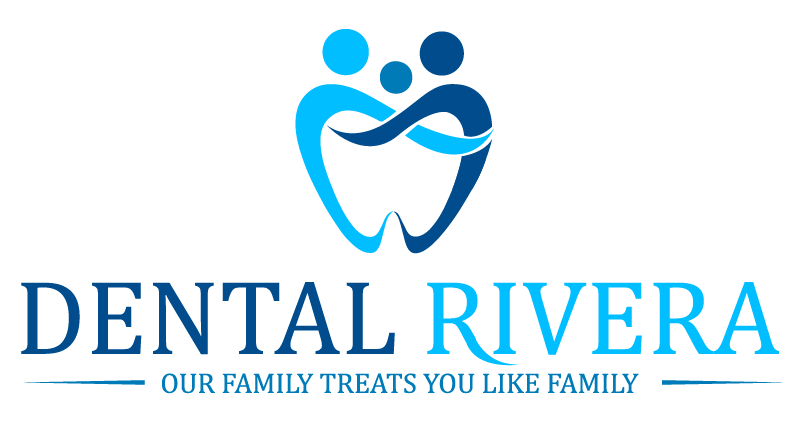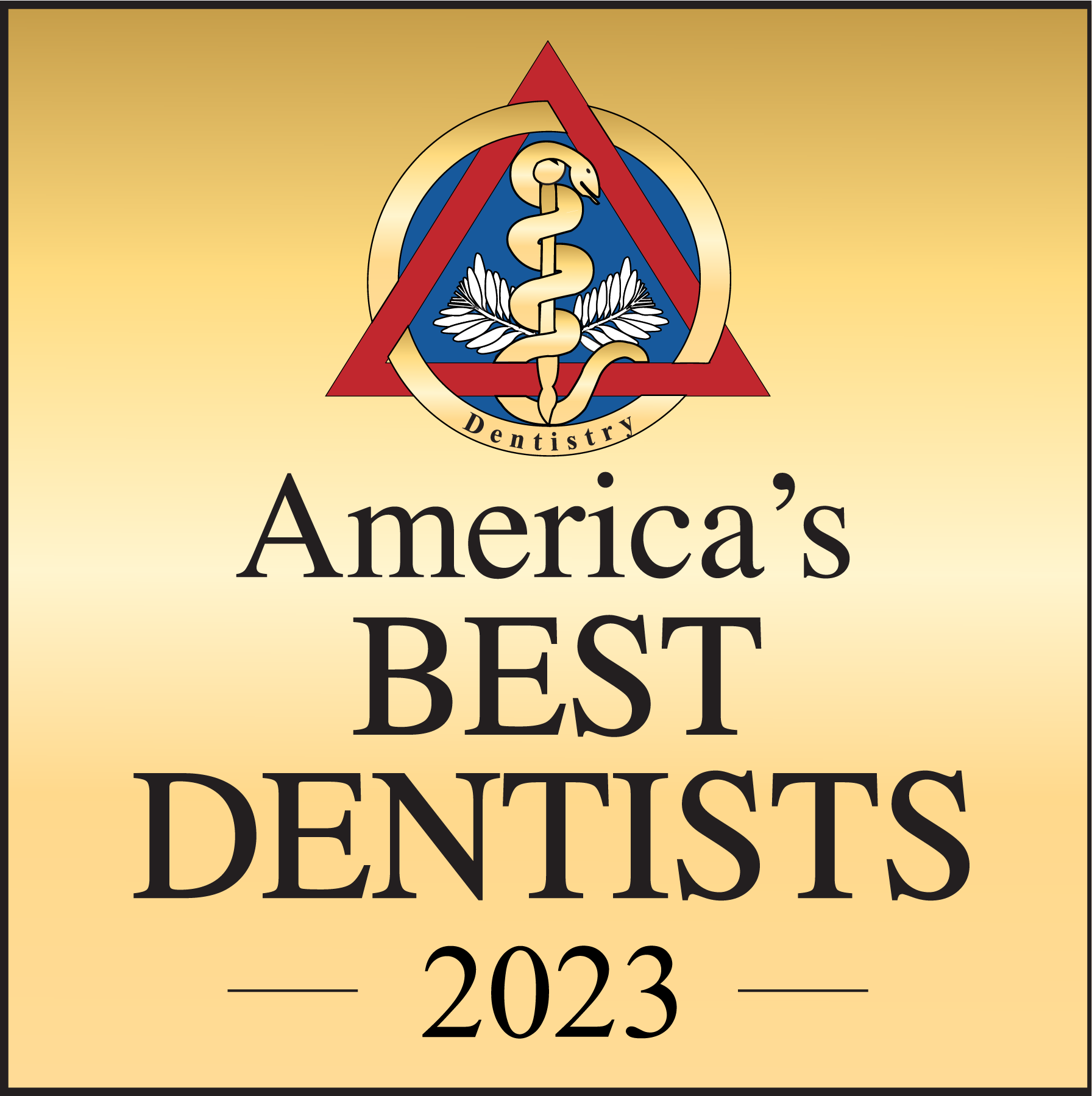Cleaning & Preventive
Distinctive Dental Services in Pico Rivera
Experience distinctive dental services at Dental Rivera, where our dedicated professionals deliver exceptional care tailored to your needs. From routine check-ups to advanced dental implants, every treatment is carried out with expertise and compassion. Our team of specialists ensures you receive the highest quality care at an affordable price. Whether you need preventive maintenance or a complex procedure, Dental Rivera is your trusted partner for optimal oral health. For the best results, rely on Dentist Pico Rivera to meet all your dental needs.
Distinctive Dental Services: Dental Checkups
What are dental exams and dental check-ups?
Booking
distinctive dental services, such as a dental check-up in Pico Rivera, has never been easier. Your dentist at Dental Rivera identifies and resolves oral health issues before they lead to pain, swelling, infection or other complications. Because your mouth plays a key role in overall health, poor oral hygiene has been linked to chronic conditions including heart disease, kidney disease and diabetes. That is why your oral and systemic health is our top priority.
Dental check-ups are usually recommended every six months. During your routine visit, the dentist will perform a thorough examination: assessing teeth and X-rays for cavities, carrying out an oral cancer screening, checking gum health, evaluating jaw joints and muscles and addressing any concerns you may have. If you are interested in dental implants, a check-up is the ideal time to discuss suitability and treatment options.
For urgent problems, we provide emergency exams so acute pain or damage can be treated without delay. Ask your Dental Rivera specialist which examination is right for you today, and whether dental implants should form part of your personalised treatment plan.
Digital X-rays
Dental Cleaning
Distinctive Dental Services: Deep Cleaning
What is Deep Cleaning (SRP)
A deep cleaning, or scaling and root planing (SRP), is recommended for patients with gum and bone disease known as periodontitis. Gum disease begins with inflamed gums but, in advanced cases, attacks the bone and ligaments that hold teeth in place, making them feel loose. When our dental professionals decide you are a candidate for deep cleaning, timely treatment is essential.
Using gentle ultrasonic scalers and hand instruments, we clean beneath the gumline to remove calculus and tartar that fuel the infection. Once these deposits are cleared, your mouth is already on the way to better health. Because bacteria from gum disease can spread throughout the body and have been linked to heart and lung conditions, Alzheimer’s disease and other systemic issues, thorough removal is vital.
Most patients report little to no discomfort during or after the procedure. Our highly trained team places numbing gel before administering anaesthetic and uses the latest technology to keep you comfortable throughout.
Healthy gums are crucial if you are considering dental implants. Addressing gum disease with deep cleaning first gives implants the best chance of long-term success. Whether you need routine maintenance or complex periodontal care, Dental Rivera’s
distinctive dental services deliver precise treatment, compassionate support and lasting results for every smile.
Sedation Dentistry
At Dental Rivera, we know that not every patient can tolerate treatment in the chair. That’s why we offer different forms of sedation to help you or your loved one get the treatment they need in the most comfortable way possible.
Nitrous oxide (laughing gas) - One of the safest and most effective forms of sedation. Laughing gas, which is given with oxygen, is delivered through a small mask that fits over your nose to help you relax.
Oral sedation - Medications given orally to help reduce the patient’s anxiety and memory of the procedure. Think of this as a twilight sedation.
IV Sedation/ General Anaesthesia (Sleep Dentistry) - Medications are given through an IV to help put the patient to sleep or induce a deep state of relaxation.
Our
distinctive dental services utilise the best dental technology in Pico Rivera, ensuring every patient experiences optimal comfort and care.
Periodontal maintenance
What is periodontal maintenance?
Once your deep cleaning is completed, a perio maintenance is needed in order to maintain the gums and stop active disease from recurring. Depending on the severity of gum disease the patient has, a perio maintenance ranges from being needed every 3-6 months. The dental professional will use instruments to make sure the teeth are clean above and below the gums, with the goal of healing the periodontal tissue. Most patients report little to no pain during this procedure.
Gross debridement
What is a gross debridement?
In certain cases when it has been many years since a person has seen a dentist, there may be too much buildup to accurately diagnose the patient’s dental needs. As a result, a gross debridement will allow the dentist to remove the significant build up and accurately diagnose the type of cleaning and treatment the patient will require from both a restorative and hygiene standpoint. Most patients report little to no pain during this procedure.
Sealants
What are sealants?
Please consult your
Dental Rivera dentist about sealants for yourself and your children. Sealants are a preventive measure recommended for patients that have teeth anatomy that consists of deep pits and grooves. Deep pits and grooves allows for food to stick inside and ultimately turn into cavities. Thus a sealant, which is a protective coating that is carefully painted into the pits and grooves of teeth, allows for food to not get stuck onto the surfaces of the teeth, ultimately preventing cavities from starting in the first place. Sealants have been one of the greatest advents in dentistry and have helped prevent cavities in both children and adults for years. Sealants do not require injections or drills and are not painful. Sealants are generally covered by your dental insurance under the category of prevention. When compared to restorations, sealants are far more affordable.
Dental Fillings
Dental fillings are used to restore decayed, missing, or broken tooth structure. There are many options when it comes to dental fillings. Amalgam fillings (mostly known as silver fillings) were once the gold standard for fixing decayed/rotten teeth. Here at Dental Rivera, we only place
white composite fillings. As technology has progressed, so have our ability to restore teeth with natural-colored fillings. If you notice a dark hole in your tooth where food is getting stuck, you may need a filling. During the filling procedure, the dentist will numb the area to ensure no discomfort while the decay is being cleaned out of your tooth and the filling is being placed. Once the filling is placed, the dental team will ensure that your new restoration is smooth and inline with your previous bite. If there is an exposure of the nerve or there is not enough tooth structure to bond in a proper filling, then further treatment may be indicated. Patients generally report little to no pain with dental fillings, however some sensitivity post-operatively lasting days to weeks can be experienced. The cost of dental fillings varies by insurance and coverage, however most dental plans do cover dental fillings under the restorative category of your plan.
INLAY/ONLAY
In some cases where the cavity is too big or a large area of the tooth or filling is broken, a filling will not be sufficient due to the large surface area. In this case, the dental provider may recommend an inlay or onlay. Inlay/onlays are indirect fillings made in specialized laboratories that fit into and on the tooth. They are more conservative than a dental crown and take two appointments from start to finish.
Dental Crowns
Veneers
Root Canals
What is root canal treatment?
The root canal procedure is used to relieve pain, swelling and/or infection associated with an infected and/or traumatized tooth. The root canal procedure is aimed at helping preserve a person’s natural tooth. Generally, a root canal is needed when the decay is very large and the bacteria has invaded the nerve of the tooth, causing inflammation and infection of the canal system and external structures.
Dental bridges
What is a dental bridge?
Dental bridges are used in situations where there are one or more missing teeth between two teeth. In many instances a dental bridge can be used to fill in the space between the teeth with fake teeth. The present teeth are capped and the fake teeth known as pontics are attached to the capped teeth and occupy the space. The bridge does not come in and out. It stays in the mouth and allows for better form, function, and esthetics.
Tooth extraction
Dentures
What are dentures?
Dentures are removable dental appliances that replace missing teeth and surrounding structures. There are two types of dentures, partial and complete.
a) Partial dentures help replace teeth with the presence of some remaining natural teeth. There are several partial dentures on the market such as metal dentures or valplast partial dentures that are non-metal and flexible.
b) Complete dentures are used when there are no teeth in the mouth. 1) Immediate dentures - dentures made in advance and placed when the remaining teeth are removed. Therefore you will have no time spent without teeth. A few months after an immediate denture is delivered, a permanent denture will need to be made since the tissues have changed and the swelling has subsided. 2) Conventional dentures - made after the teeth have been extracted and all tissue has healed, allows for a better fit of the denture and less relines that are commonly needed with immediate dentures.
Orthodontics/Invisalign
Want straighter teeth?
Is it hard for you to floss and clean your teeth because they are so overlapped? Does your bite feel off? Straight and aligned teeth allow for better hygiene and maintenance than a mouth full of crooked and crowded teeth. Not to mention the impact it has on one's self esteem. At Dental Rivera, we know your smile is part of your identity. Our orthodontist can enhance your smile and make you a better version of you. We offer different forms of orthodontics (braces) to help you accomplish this mutual goal and can see patients from age 7-70. From traditional braces, to ceramic brackets and Invisalign/ clear aligners, we have you covered. Our board certified specialist is well versed in creating a treatment plan to help you achieve your orthodontic goals in a realistic time frame. Please schedule your free orthodontic consultation with our specialist and let us know how we can make your smile better today!
Implants
Are you missing a tooth and wondering how to replace it?
Implants are the best treatment plan and have a very high success rate. Dental implants allow us to replace teeth that were lost in the most natural and functional method possible. Without having to prepare surrounding teeth for bridges or partial dentures - implants can stand alone and function similar to your natural teeth. Please ask your Dental Rivera dentist if you are a candidate for dental implants. Our implant specialists (oral surgeons and periodontists) perform this procedure for many patients with great results and enable them to restore toothless areas with the most natural feeling replacements available. The implant procedure is very straightforward where the prosthesis is set in the bone and restored with a crown, bridge, or an over denture in order to replace single or multiple spans of teeth.
At Dental Rivera, we are committed to using the best dental technology in Pico Rivera to ensure you receive exceptional care.
Insurances accepted:
PPO
HMO
Denti-Cal
Patients with no insurance are also accepted with payment plans available
Payment options:
Credit card
Cash
Checks
Financing/ Payment plans available through:
Care Credit
Lending Club
Alphaeon
Cherry



